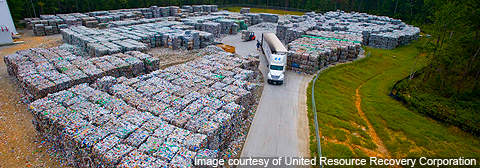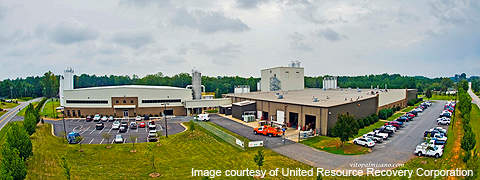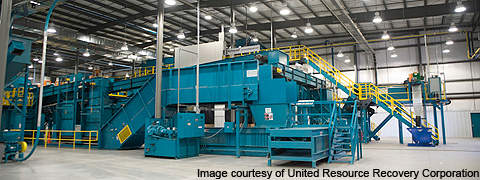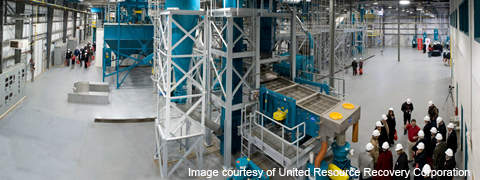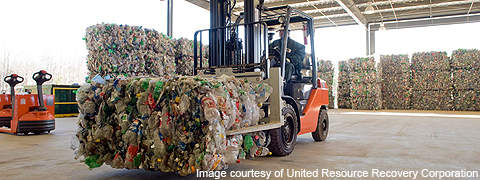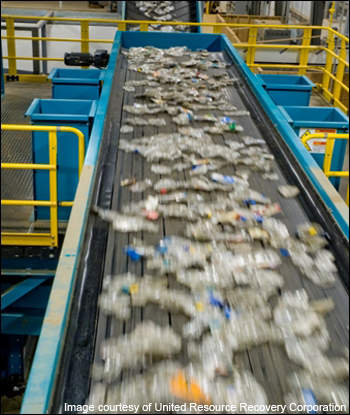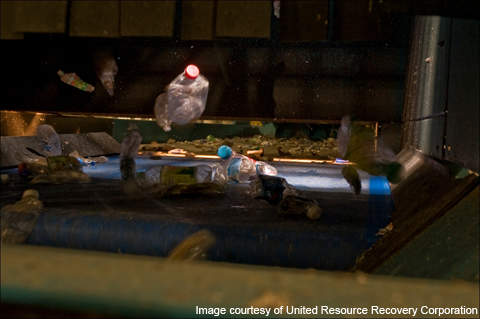Coca-Cola launched the world’s largest plastic bottle-to-bottle recycling plant on 1 February 2009. Located in Spartanburg, South Carolina, the plant produces food-grade recycled PET plastic. Named the New United Resource Recovery Corporation (NURRC), the plant is currently operating with 65 employees. It will employ a further 100 people at the start of the second line, which is scheduled for completion by the end of 2010. When fully operational, the $60m plant will result in reducing one million tons of carbon dioxide emissions, equivalent to the emissions of 215,000 cars.
The plant was constructed within 18 months with the help of joint venture partner United Resource Recovery (URR), a recycling company based in Spartanburg, South Carolina. In 1996, Coca-Cola entered into a five-year development programme with URR to commercialise the production process of food-grade PET.
PET recycling plant
The plant is spread over 30 acres and includes a separate building for sort and grind operations. Designed in a similar fashion to Coca-Cola’s PET recycling plant in Toluca, Mexico, the South Carolina plant includes a single food-grade recycling line that has the capacity to process 12 million pounds of coloured material a year. Clear material will be processed in the second food-grade recycling line that is scheduled for operation by late 2010.
The plant is also equipped with a Powersort 100, a laser, near-infrared sorting system that is capable of reading 160,000 flakes a second. Developed by Coca-Cola and Germany-based Unisensor Sensorsysteme, the machine removes reusable PET flakes from foreign, contaminated and dyed particles in one step. The plant also features a B+B Anlagenbau dry system and a dry roasting system.
Process technology
The plant uses URRC’s hybrid unPET technology to chemically clean and convert PET into a food-grade product.
PET from different geographic areas spanning across the north-east to the Florida regions is collected and brought to the plant. The collected PET is sorted, granulated and pre-washed at the plant. At the end of this process, the plastic bottles are separated from any unwanted material, cut and chopped into small flakes, and separated from caps, labels and any material that is lighter than the flakes.
The process is followed by mixing, drying and decontamination. Using a caustic soda solution, the surface layer of the PET flake is removed. Decontamination, carried out in phases, removes all traces of contaminants and makes the plastic super clean. Post reacting with caustic soda, the liquid products are evaporated by passing hot air.
To complete the reaction, the chemically processed flake is sent through a rotating furnace nearly for four hours. The flakes are subsequently cooled in a tank of water, rinsed properly and dried.
To ensure the flakes are of high quality, they are put through a colour sorter and a laser sorter. Using detection technology and air jets, the colour and laser sorters eliminate any coloured pieces or remaining contaminants respectively. After separating the unwanted particles, the final clean and pure hybrid unPET finished PET chip is packaged and sold for remanufacturing into new plastic bottles or food packaging. Approximately 50% to 60% of the output is bought by Coca-Cola. As of 2010, Coca-Cola uses 10% recycled PET to manufacture new plastic bottles. It plans to increase it to 25% by 2015.
The hybrid unPET technology is also used in Coca-Cola’s recycling plant in Mexico, a pilot plant of URRC and by two other European licensees.
Capacity
At full scale, the plant will recycle approximately 100 million pounds of food-grade PET plastic every year, which amounts to almost two billion 20oz Coca-Cola bottles. At the initial stage, the plant will produce 56 million pounds of recycled food-grade PET a year.
By the end of 2010, when the second recycling line begins operations, production will increase by 44 million pounds, reaching the plant’s design capacity of 100 million pounds.

